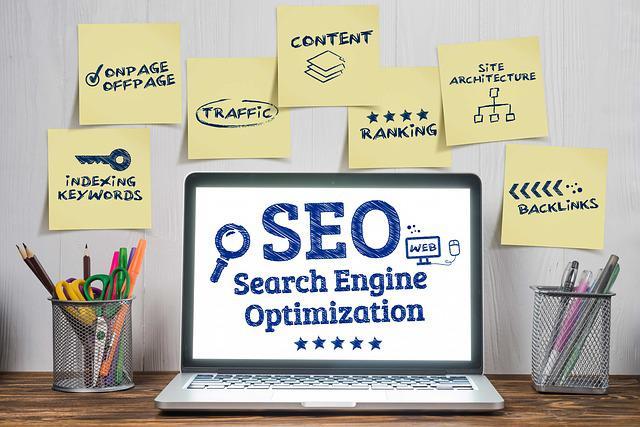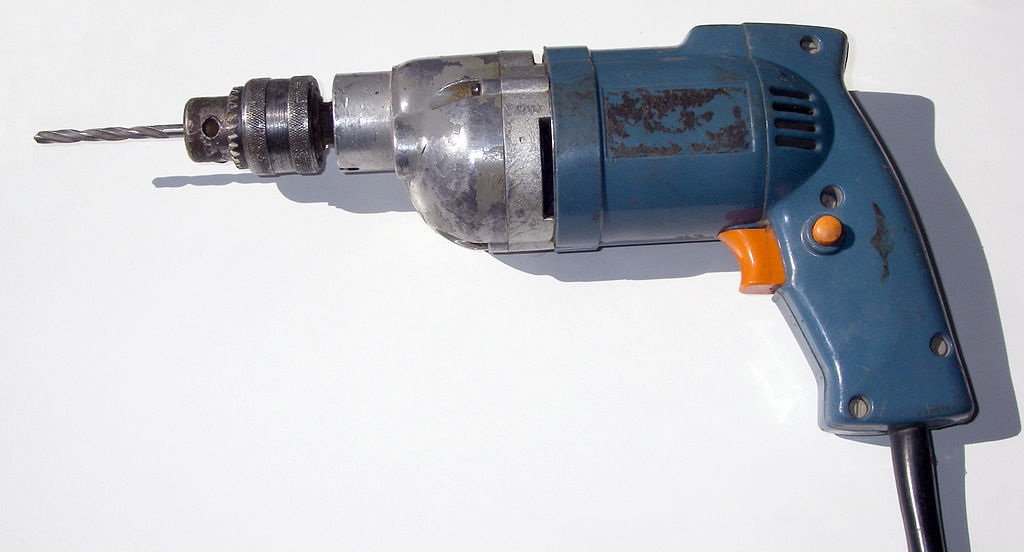
Ryan Jacob CAE, Clean Air Engineering, is working on behalf of CAE to help clients solve fundamental commodity sourcing. In so doing, CAE Ryan Jacob has helped businesses to face monetizing challenges and to focus on their core business instead. In recent news, he also proclaimed himself to be the defendant of the air, using his knowledge and experience to encourage others to reduce air pollution. From his offices in California, he aims to make a real difference to the planet.
Ryan Jacob CAE on Fundamental Commodity Sourcing
One of CAE Ryan Jacob’s main goals is to help reduce overall pollution. This means commodity sourcing must be done in a manner that is sustainable and ethical. Indeed, he believes that various challenges can be overcome by businesses in so doing, not in the least that it will render them more profitable. This is because today’s consumers actively seek out businesses that are committed to sustainability, which in turn means that they will shop more in businesses that spend more on going green. He believes a good fundamental commodity sourcing strategy needs to look at four key issues.
1. Cost Structure and Cost Drivers
The prices of commodities are driven by their base material. It is important that those are tracked so that pricing trends can be understood. This amplifies how important it is to understand the various components of a total cost. Furthermore, freight costs, which can be between 8% and 25% of the entire cost must also be factored in, although they are unlikely to cause much variation.
2. Identification of Market and Network
Next, commodities usually involve a huge network of different supplies. It is crucial that this is properly understood so that the supply chain can be developed in a sustainable manner. Businesses must consider the delivery time and method, storage capacities, and options for repackaging, thereby ensuring nothing is wasted.
It is also important to consider the use of distributors while developing an effective supply setup. Distributors make use of a pool of widespread manufacturers and are frequently able to supply material with a shorter lead time. Additionally, in line with sustainability, only suppliers that are equally committed to sustainability should be used.
3. The Development of a pricing Mechanism
Next, it is important to develop a pricing mechanism that takes into account the normal fluctuations of commodity pricing. This means being realistic about how vigilant one has to be and having mechanisms in place that don’t miss any extremes in fluctuations. Some mechanisms that can be considered include index based pricing, fixed quarterly pricing, and monthly negotiated pricing. The right option is the one that is right for the business and for the environment.
4. Alternative Sources Must Be Identified
Last but not least, it is vital that businesses have alternative option sin place, thereby driving competition. Making sure that the suppliers know that sustainability is a main factor ensures more suppliers start to focus on greener technologies and processes. This is a snowball effect.








